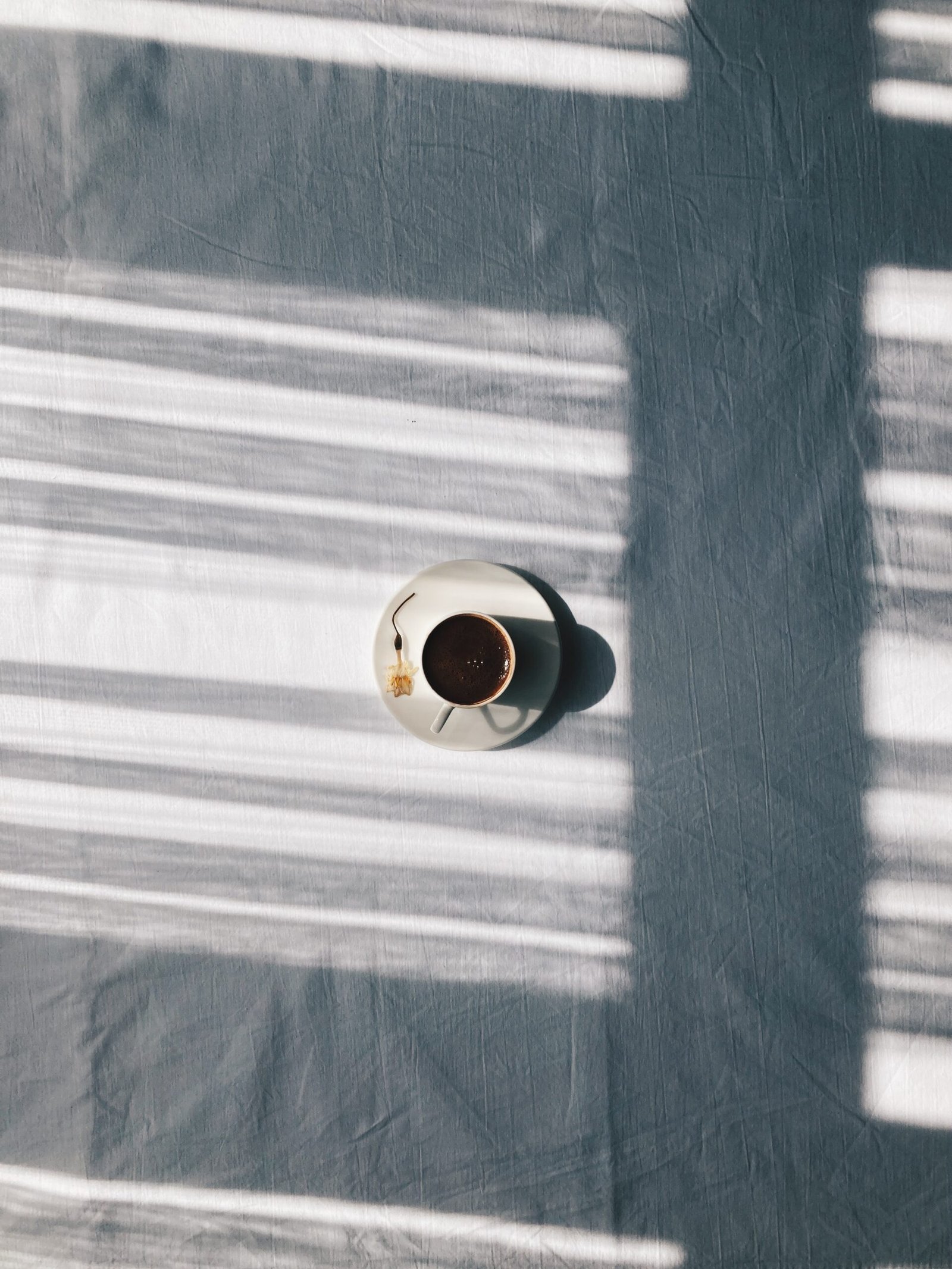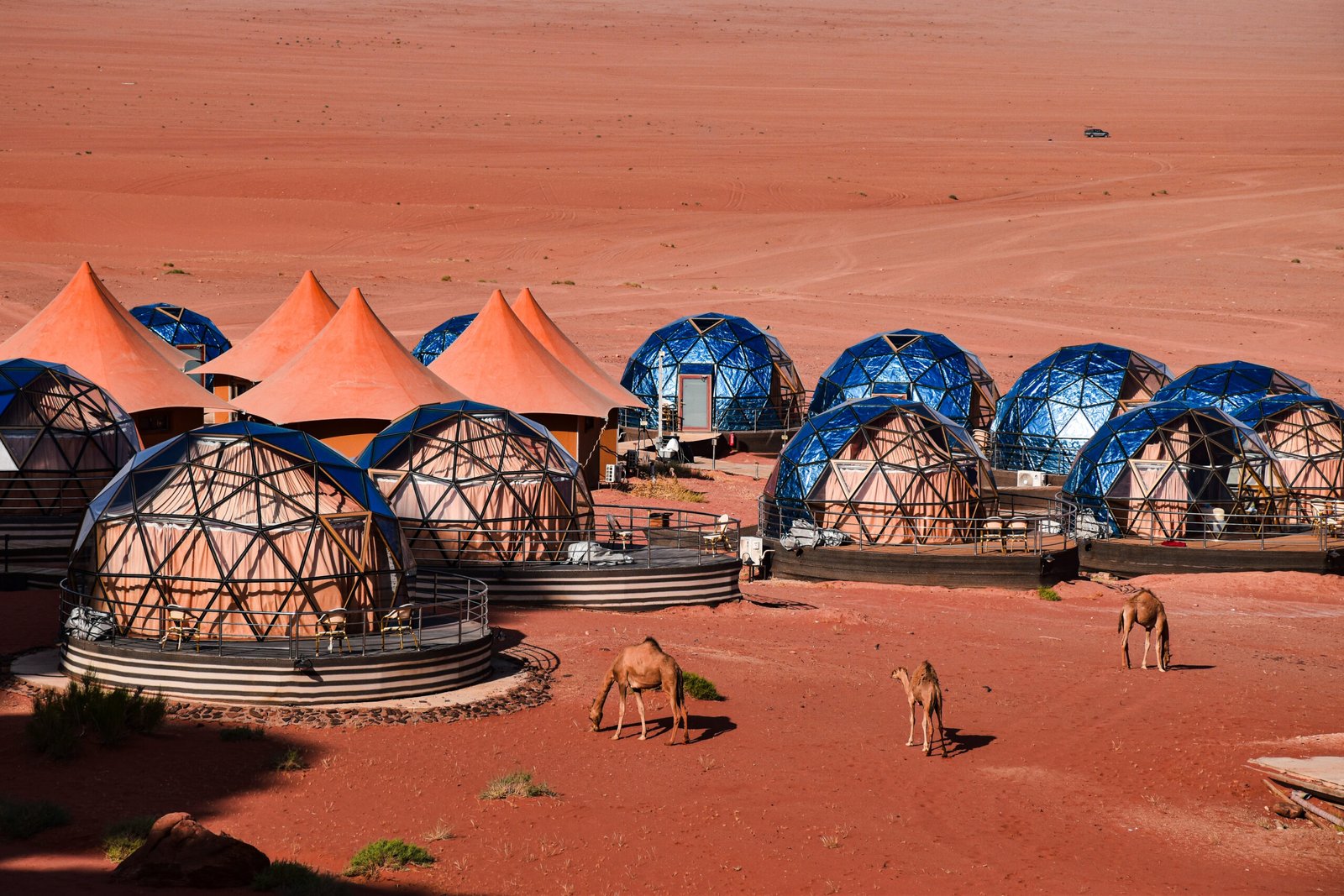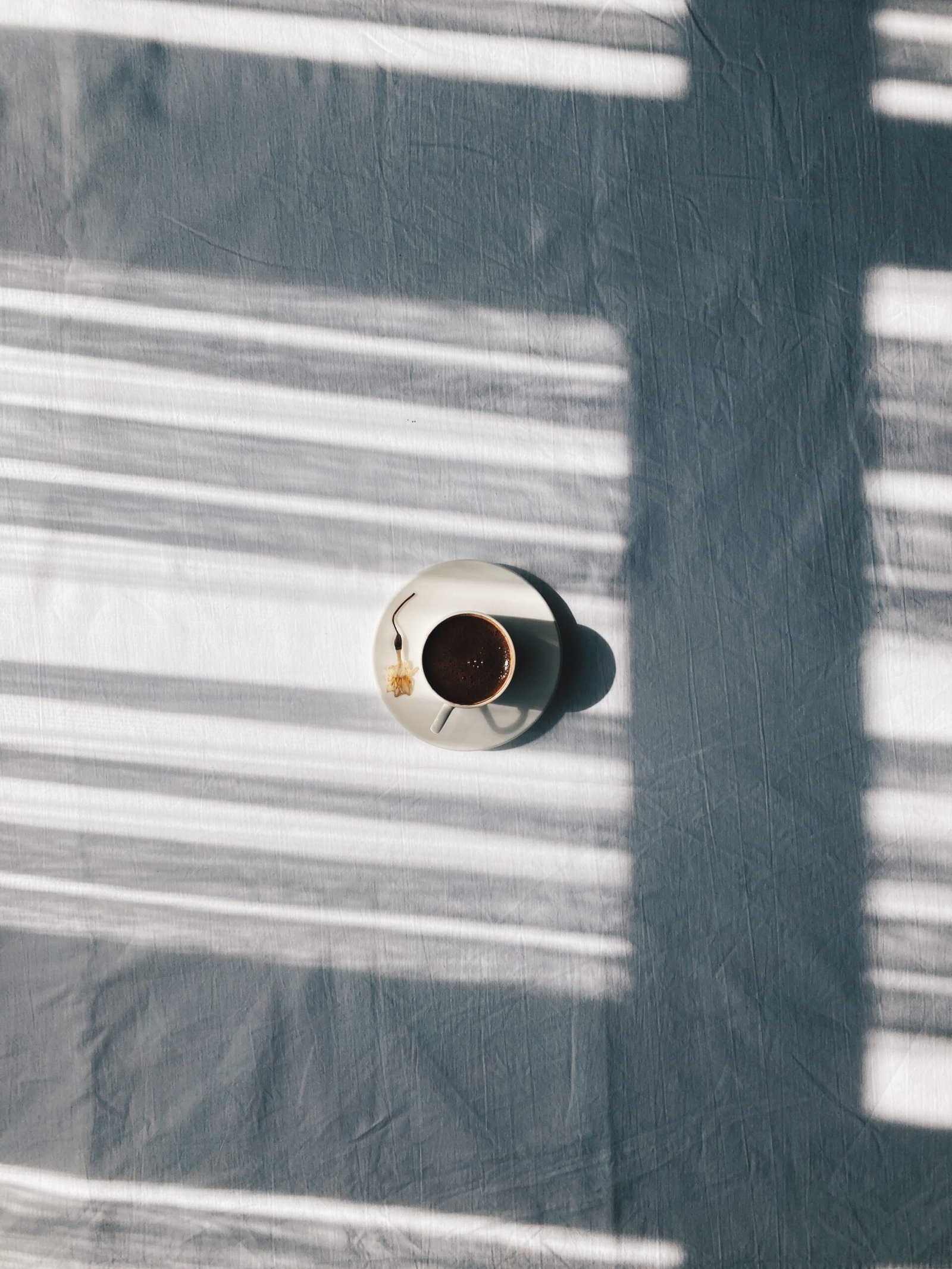
As summer approaches and temperatures rise, it becomes essential to ensure the well-being and safety of our feathered friends. With this in mind, it begs the question, what is the most effective method to shield chickens from the scorching heat? While there may not be a one-size-fits-all answer, several measures can be taken to provide protection and relief for our cherished poultry. From providing ample shade and ventilation to cooling water sources, exploring these solutions will undoubtedly help maintain the happiness and health of our precious chickens during the peak of summer heat.

Providing Shade
Natural shade
When it comes to protecting your chickens from the scorching heat, providing them with ample shade is essential. Natural shade can be created by strategically planting trees and shrubs around the coop area. These natural structures not only provide shade but also offer a pleasant environment for your chickens to rest and stay cool. Additionally, trees and shrubs can contribute to a healthier ecosystem and attract beneficial insects that can help control pests.
Artificial shade
In situations where natural shade is limited or not available, artificial shade options can be considered. Installing shade cloths or netting over the coop and run areas can help to block out the direct sunlight and reduce the overall temperature. These shade structures can be easily adjusted or removed depending on the weather conditions. Remember to position the shade cloth at a height that allows proper air circulation to prevent the build-up of heat underneath.
Mobile shade structures
Another effective way to provide shade for your chickens is by using mobile shade structures. These structures can be moved around the coop and run areas as needed, ensuring that your chickens always have access to shade throughout the day. Mobile shade options include portable canopies or umbrellas that can be easily adjusted according to the sun’s position. Not only do these structures offer protection from the heat, but they also provide a comfortable area for your chickens to relax and engage in natural behaviors.
Ventilation
Natural ventilation
Proper ventilation is crucial for maintaining a comfortable and healthy environment within the coop. Natural ventilation can be achieved by ensuring there is adequate airflow through windows, vents, and openings in the coop design. Positioning the coop in a way that takes advantage of prevailing winds can help facilitate the natural circulation of air. Providing windows or vents in multiple locations can help reduce hot spots and create a cooler overall temperature.
Artificial ventilation
In situations where natural ventilation is insufficient, artificial ventilation can be employed to keep the coop cool. Fans or exhaust systems can be installed to circulate air and expel hot air from the coop. It is important to ensure that the ventilation system is set up in a way that distributes air evenly throughout the entire space, preventing the build-up of heat pockets. Regular maintenance and cleaning of ventilation systems are necessary to ensure their effectiveness and prevent the spread of dust or pathogens.
Proper air circulation
Regardless of the ventilation method used, ensuring proper air circulation within the coop is crucial. This can be achieved by positioning fans at appropriate locations to create a cross breeze. Good air circulation helps in reducing humidity levels, preventing the accumulation of heat, and keeping your chickens comfortable. Regularly check for any obstructions that may hinder air movement, such as hay or bedding blocking vent openings, and promptly address them to maintain optimal airflow.

Water Provision
Ample fresh water
Providing your chickens with ample fresh water is essential during periods of extreme heat. Chickens need to stay hydrated to regulate their body temperature and avoid heat stress. Ensure that water containers are clean, filled with fresh water, and easily accessible to all chickens. Monitor the water levels throughout the day and refill as needed to prevent dehydration. Additionally, consider using larger water containers that provide shade for the water, preventing it from heating up in the sun.
Cooling devices in water source
To further aid in keeping the water cool, consider adding ice blocks or frozen water bottles to the water containers. This helps to lower the overall temperature of the water, providing a refreshing drink for your chickens. Another option is to invest in automatic waterers that are designed to keep the water cool through various mechanisms, such as insulation or built-in cooling systems. These specialized waterers can be a valuable addition to your coop during hot weather conditions.
Adjusting Feeding Routine
Feed during cooler hours
Adjusting your chickens’ feeding routine can help them cope better with extreme heat. Feed them during the cooler hours of the day, such as early morning or late evening, when the temperatures are relatively lower. This allows them to consume their food when they are less stressed, as the heat of digestion can contribute to their overall body heat. Additionally, providing smaller, more frequent meals can help reduce the heat generated during digestion and prevent overeating.
Moisture-rich feed
Including moisture-rich feed in your chickens’ diet can aid in keeping them hydrated and cool. Fresh fruits, vegetables, and leafy greens are excellent sources of hydration and should be offered regularly during hot weather. You can also consider providing watermelon or cucumber slices as treats, as they have high water content and can help replenish fluids in your chickens’ bodies. Ensure that the feed is fresh and free from spoilage to prevent any health issues.
Avoid high protein feed
High protein feed can increase the metabolic heat generated during digestion, potentially causing your chickens to feel more uncomfortable in extreme heat. Consider reducing the protein content in their feed during hot weather or switch to a lower protein formula altogether. Consult with a poultry nutritionist or your local feed store to find the most suitable feed options that meet the nutritional needs of your chickens while minimizing heat stress.

Misting Systems
Benefits of misting systems
Installing a misting system in and around the coop can provide immense relief to your chickens during extreme heat. Misting systems spray fine water droplets into the air, creating a cooling effect through evaporation. This helps reduce the ambient temperature and lowers the risk of heat stress in your chickens. Misting systems are particularly beneficial in dry climates where humidity is low, as they increase the moisture content in the air, making it more comfortable for your chickens to breathe.
Proper placement
To maximize the effectiveness of your misting system, it is important to ensure proper placement. Position the misting nozzles at a height that allows for optimal coverage within the coop and run areas. Pay attention to areas where your chickens spend the most time, such as perching spots or designated dust bath areas. The misting system should be designed to provide a fine mist without excessive wetting, as excess moisture can lead to damp bedding or cause respiratory issues in chickens.
Avoiding excessive wetting
While misting systems are beneficial, it is important to avoid excessive wetting of your chickens or their immediate environment. Excessive moisture can lead to humidity-related health issues and increase the risk of fungal or bacterial infections. Ensure that the misting system is set up to provide a fine mist that dries quickly, preventing the accumulation of moisture in the coop. Regularly monitor the humidity levels and adjust the misting intensity accordingly to maintain a comfortable and safe environment for your chickens.
Dust Baths
Importance of dust baths
Dust baths are an integral part of a chicken’s natural behavior and serve multiple purposes, including regulating body temperature and maintaining skin and feather health. During extreme heat, dust baths become even more crucial for chickens to cool themselves down and remove excess oils or parasites. Providing your chickens with access to a dedicated dust bath area allows them to engage in this instinctual behavior, promoting their overall well-being and comfort.
Maintaining ideal dust
To create an ideal dust bath area, choose a location that is shaded and protected from direct sunlight. The area should be large enough for chickens to comfortably move around and roll in the dust. Fill this area with loose soil or fine sand, making sure it is dry and free from any contaminants. Adding diatomaceous earth, which is a natural insecticide, to the dust bath area can help control mites or parasites that may be present on the chickens’ feathers or skin.
Providing shaded dust bath areas
During extreme heat, it is important to provide shaded dust bath areas to prevent your chickens from overheating while engaging in this behavior. Shade structures, such as umbrellas or shade cloths, can be placed strategically over the dust bath area to block out the sun’s rays. This ensures that your chickens can cool down and rid themselves of excess oils without being exposed to excessive heat. Regularly replenish the dust bath area with fresh soil or sand to maintain its effectiveness.
Sprinklers
Using sprinklers effectively
Sprinklers can be a valuable tool in keeping your chickens cool during extreme heat. When using sprinklers, it is important to position them in a way that provides a gentle mist or spray rather than a strong jet of water. This prevents your chickens from feeling overwhelmed or stressed by the forceful water. Adjust the sprinkler settings to ensure a fine mist that evaporates quickly and cools the surrounding air. Sprinklers are most effective when used in combination with other cooling methods, such as shade and ventilation.
Adjusting sprinkler intensity
It is crucial to monitor the intensity of the sprinklers to prevent excessive wetting of your chickens or their immediate environment. While the purpose is to provide cooling relief, prolonged wetness can lead to health issues or create a damp environment that attracts bacterial or fungal growth. Regularly assess the moisture levels of the coop and run areas and adjust the sprinkler duration accordingly. The goal is to provide a refreshing mist without saturating the surroundings.
Sprinkler placement
Strategic placement of sprinklers plays a significant role in ensuring that your chickens receive maximum cooling benefits. Position the sprinklers in areas where your chickens spend the most time, such as near feeding and watering stations or perching spots. This way, they can directly benefit from the cooling mist and lower their overall body temperature. Regularly observe your chickens’ behavior to determine if additional sprinklers or adjustments in placement are needed.
Optimal Housing Design
Ventilation in the coop
An optimal housing design is crucial to help alleviate the effects of extreme heat on your chickens. The coop should feature ample ventilation options, such as windows or vents, that can be opened or closed as needed. Consider incorporating adjustable elements, such as sliding windows or vents with shutters, to control the airflow according to the prevailing weather conditions. Proper ventilation ensures that hot air can escape from the coop and allow fresh air to circulate, keeping your chickens comfortable.
Reflective roof materials
Choosing the right roof materials for your coop can make a significant difference in maintaining a cooler environment. Opt for reflective materials, such as metal or light-colored roofing, that reflect the sun’s rays instead of absorbing them. Reflective roofs help reduce heat gain, keeping the coop cooler during hot weather. Additionally, proper roof insulation can prevent the transfer of heat from the roof to the interior of the coop, further contributing to a more comfortable environment.
Insulation
Insulation plays a vital role in helping to maintain optimal temperatures within the coop. Insulate the walls and ceiling of the coop using appropriate insulation materials to reduce heat transfer. Insulation helps to create a barrier between the outside temperature and the interior of the coop, providing a more stable and comfortable environment for your chickens. It also helps in conserving cool air during hot weather and preventing the ingress of heat during cooler periods.
Monitoring Heat Stress
Signs of heat stress in chickens
It is crucial to monitor your chickens for signs of heat stress during extreme heat conditions. Some common signs include panting, open-mouthed breathing, wings held away from the body, lethargy, reduced appetite, and a drop in egg production. Additionally, chickens may seek cooler areas or display signs of distress, such as excessive shaking or spreading their wings. Regular observation of your flock allows you to detect any heat stress symptoms early and take appropriate measures to alleviate their discomfort.
Heat stress prevention
Preventing heat stress in your chickens is crucial for their health and well-being. Implement the various cooling techniques discussed earlier to create a comfortable and safe environment. Provide shade, ample fresh water, and ventilation to regulate temperature and humidity levels. Adjust feeding routines, offer moisture-rich feed, and ensure proper air circulation. Regularly monitor the heat index in your area and take necessary precautions, such as misting or sprinkling, during peak heat periods to prevent heat stress from occurring in the first place.
Regular health checks
During hot weather, it is essential to conduct regular health checks on your chickens to ensure they are coping well with the heat. Inspect their feathers, skin, and legs for any signs of parasites or infections that may exacerbate heat stress. Monitor their water intake to ensure they are properly hydrated. If any abnormal behavior or health issues are observed, consult a veterinarian with experience in poultry health to provide proper guidance and treatment.
Avoiding Overcrowding
Adequate space required
Overcrowding in the coop can significantly contribute to heat stress in chickens. It is essential to provide adequate space for each chicken to move around and access necessary resources comfortably. Overcrowding restricts proper air circulation, increases body heat generation, and escalates the risk of heat stress. Ensure that the coop is designed to accommodate the number of chickens you have, with sufficient perching spots, nesting boxes, and feeding/watering stations to avoid overcrowding and promote a healthier living environment.
Limiting the number of chickens
If you notice signs of overcrowding or excessive heat stress among your chickens, it may be necessary to reassess the number of chickens you have in your flock. Ensure that the ratio of chickens to available space is suitable to prevent overcrowding. Consider reducing the flock size to create a more manageable environment for the chickens. Remember, it is better to have a smaller, healthier flock than a larger, stressed one.
Creating separate resting areas
Providing separate resting areas within the coop can help prevent overcrowding during extreme heat. Chickens have a natural instinct to huddle together for warmth, which can be detrimental during hot weather. By creating multiple resting areas, such as perches or shaded platforms, you can encourage your chickens to disperse and find cooler spots individually. This allows for better air circulation and minimizes the combined body heat generated by a concentrated group of chickens.
Taking proactive measures to protect your chickens from extreme heat is crucial for their health and well-being. By providing shade, ensuring proper ventilation and water provision, adjusting feeding routines, implementing cooling techniques, optimizing your coop’s design, monitoring heat stress, and avoiding overcrowding, you can create a comfortable and safe environment for your chickens during hot weather. Remember, your chickens rely on you to provide them with the care they need to thrive, even in challenging conditions.







